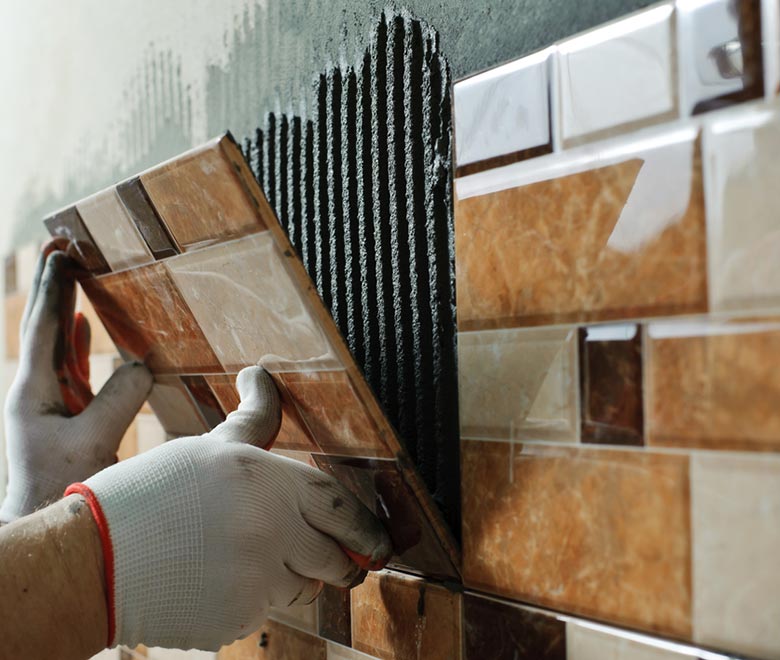When it comes to building structures that can withstand the test of time, engineers and architects rely on sturdy and reliable materials. One of the most essential components in construction is the I-beam joist, a key support system for floors, roofs, and other horizontal structures.
I-beam joists are composed of two main parts: the web, which forms the vertical portion of the beam, and the flanges, which form the horizontal portion of the beam. The combination of these two parts creates the distinctive I-shape that gives the I-beam its name.
I-beam joists are essential components in many types of construction projects, from residential homes to commercial buildings and even large-scale infrastructure projects like bridges and highways. These joists offer several key benefits that make them a popular choice among builders and engineers.
Strength and Durability
Perhaps the most important benefit of I-beam joists is their incredible strength and durability. The unique design of the I-beam allows it to support heavy loads without bending or buckling under the weight. This is especially important for structures like buildings and bridges, which must withstand a variety of environmental factors such as wind, rain, and earthquakes.
I-beam joists are also highly durable, able to withstand years of wear and tear without showing signs of damage or fatigue. This is essential for buildings and other structures that are expected to last for decades or even centuries.
Versatility
Another key benefit of I-beam joists is their versatility. These joists can be used in a variety of different applications, from supporting floors and roofs to providing structural support for bridges and other infrastructure projects.
I-beam joists can also be customized to fit the specific needs of a particular project. For example, they can be made longer or shorter depending on the size of the structure they are supporting, or they can be designed to support heavier loads in areas where greater strength is required.
Ease of Installation
Despite their strength and durability, I-beam joists are relatively easy to install compared to other types of support systems. This is due in part to their lightweight construction, which makes them easier to maneuver and install in tight spaces.
I-beam joists can also be installed quickly and efficiently, which helps to keep construction projects on schedule and within budget. This is especially important in large-scale construction projects where time and money are both critical factors.
Cost-Effective
Finally, I-beam joists are often a cost-effective option compared to other types of support systems. This is due in part to their ease of installation and versatility, which allows builders and engineers to use them in a variety of different applications.
Additionally, I-beam joists are often made from relatively inexpensive materials such as steel or wood, which helps to keep costs down without sacrificing strength or durability.
Conclusion
In conclusion,Pine I-beam joists are essential components in modern construction, offering a wide range of benefits that make them a popular choice among builders and engineers. From their strength and durability to their versatility and ease of installation, these joists play a critical role in supporting the structures that we rely on every day. Whether you are building a new home or a large-scale infrastructure project, I-beam joists are an excellent choice for achieving the strength, durability, and versatility you need.









